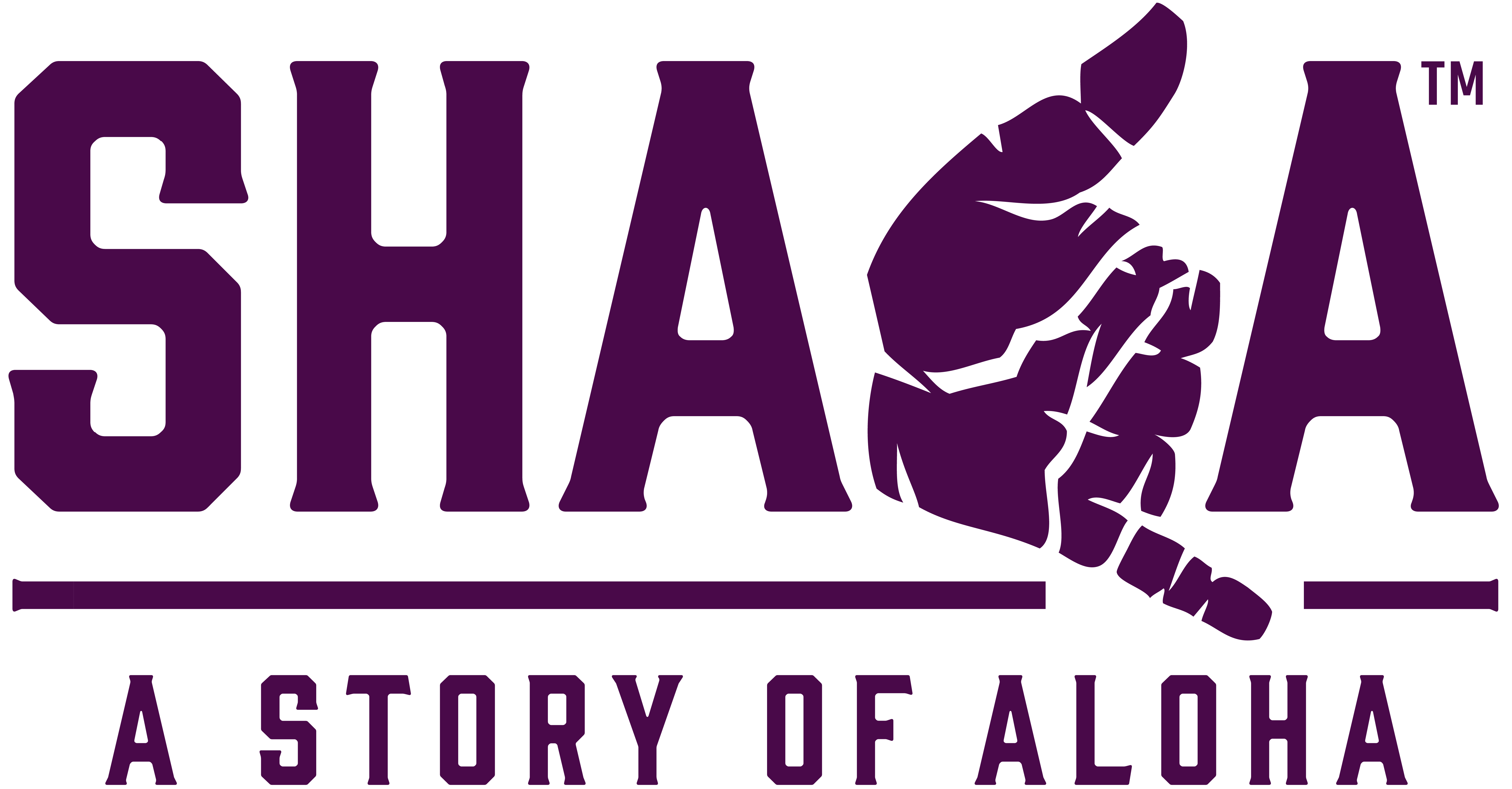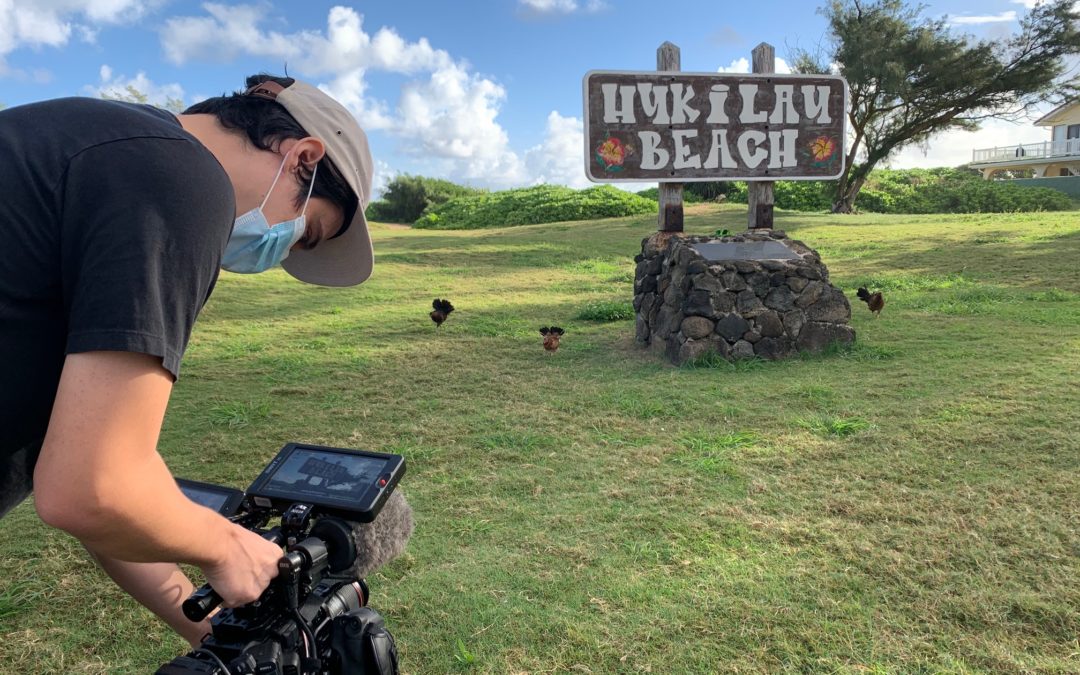We started “Shaka, the Power of Aloha” back in May 2019, when the Bizgenics crew was invited by the Kupuna of Laʻie to record oral history from those who learned lessons of life from Hamana Kalili, the original Shaka Man.
When the pandemic first hit, all film production halted, including ours. However, with challenges comes opportunity. Our response was to think it forward, Shaka-style, and find a go-for-it solution. The result: a new democratized approach to filmmaking where hundreds of Hawaiʻi’s people will take part in telling the story of the Shaka in addition to our crew.
Now that the State has welcomed back film production, we are excited to resume “Shaka the Movie.” We’ll also be making some very big announcements soon!
Best Practices
With the filming of additional interviews next month, it is imperative we follow safety guidelines for filming during COVID-19. Whether you’re outside or in the ID8 Studios, our Shaka Director Alex Bocchieri discusses some best practices:
Over the course of the year, myself, and other filmmakers developed on-set protocols to keep everyone safe while filming documentaries. Here are some guidelines I follow to prevent the transmission of COVID-19, beyond what is recommended by the CDC.
Crew Safety
The most important safety measure is to properly wear a mask at all times. The only time a person’s mask is removed is when they are the talent who is on camera, and they only remove it when everyone is safely distanced and the camera is about to roll.
It’s important to film with minimal crew, and not have visitors on set who don’t need to be there. In the past it was common to have a group of non-essential crew gathered around monitors to observe the filming, but that is no longer permitted. I plan the day so that every member of the crew can do their job individually. This means longer setup times, as normal two person activities like building the camera, preparing the sound mixer, will be done solo. When everyone knows that is the plan before coming to set, and extra time is allotted to set up, everything runs much more smoothly.
I try to have no physical interaction, including handing off gear or material. We use boom mics to capture the audio for interviews, to avoid having to touch the wireless mic. I always have plenty of sanitizer available for when equipment does need to be handed off.
Set Safety
Always try to film outdoors. Being indoors greatly increases risk of transmission because of reduced airflow, also, it doesn’t always allow the crew to spread out beyond 6 feet. When filming with multiple cameras and talent, you will need a large area to make sure everyone is safely distanced. I’ve shifted how I film interviews to account for how spread out things are. By using longer lenses, you can compress the space between subjects. It’s possible to film a conversation where the talent is much more than 6 feet apart, but it looks like they are face to face.
I don’t make gathering spaces on set, like a craft services table. Lunches are boxed, so that they can be carried away and eaten at safe distances.
If there comes a time where we need to film in tight spaces, or when talent that is not living in the same bubble needs to physically interact, it is important to incorporate COVID testing and follow a Zone System.
By taking all of these precautions, the talent and crew feel comfortable working, and that is essential to capturing good footage. I’ve learned that when everyone feels safe while performing, the end product is so much better.

